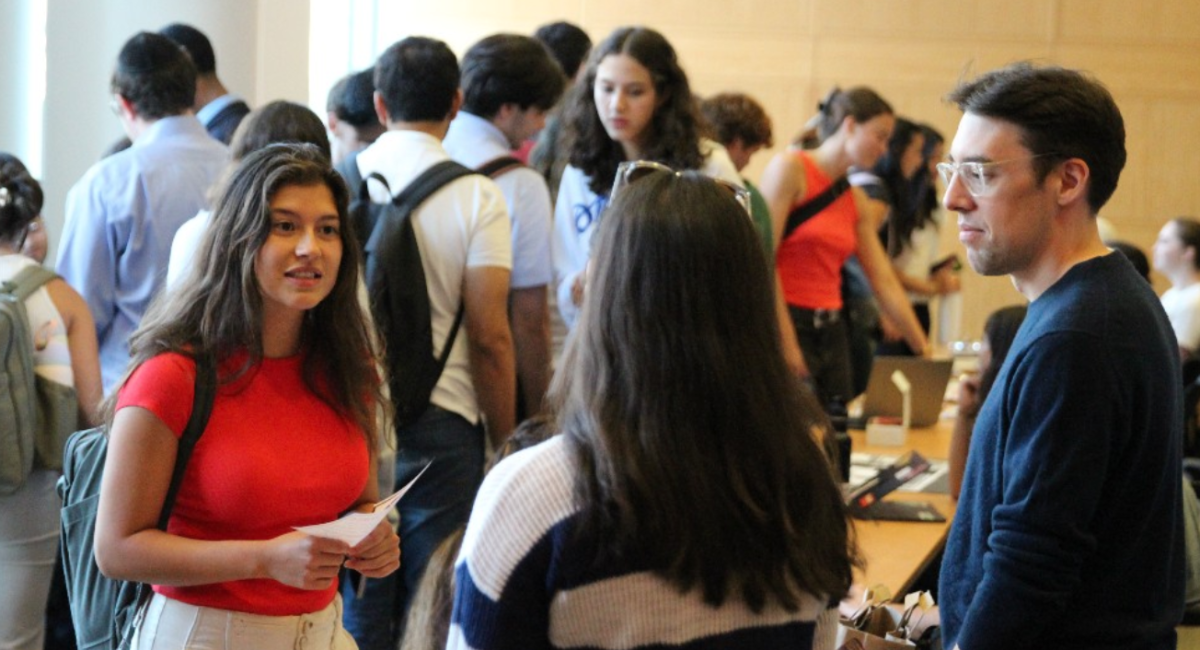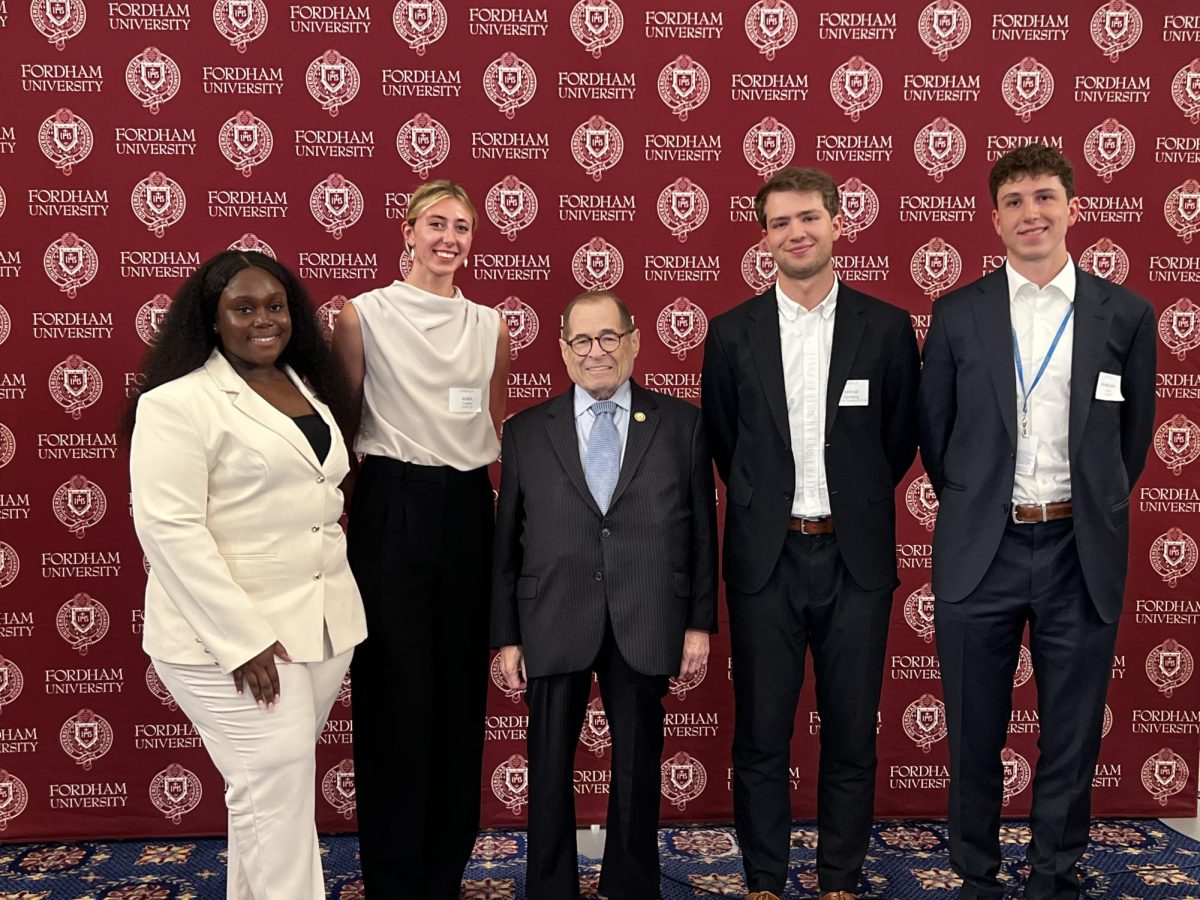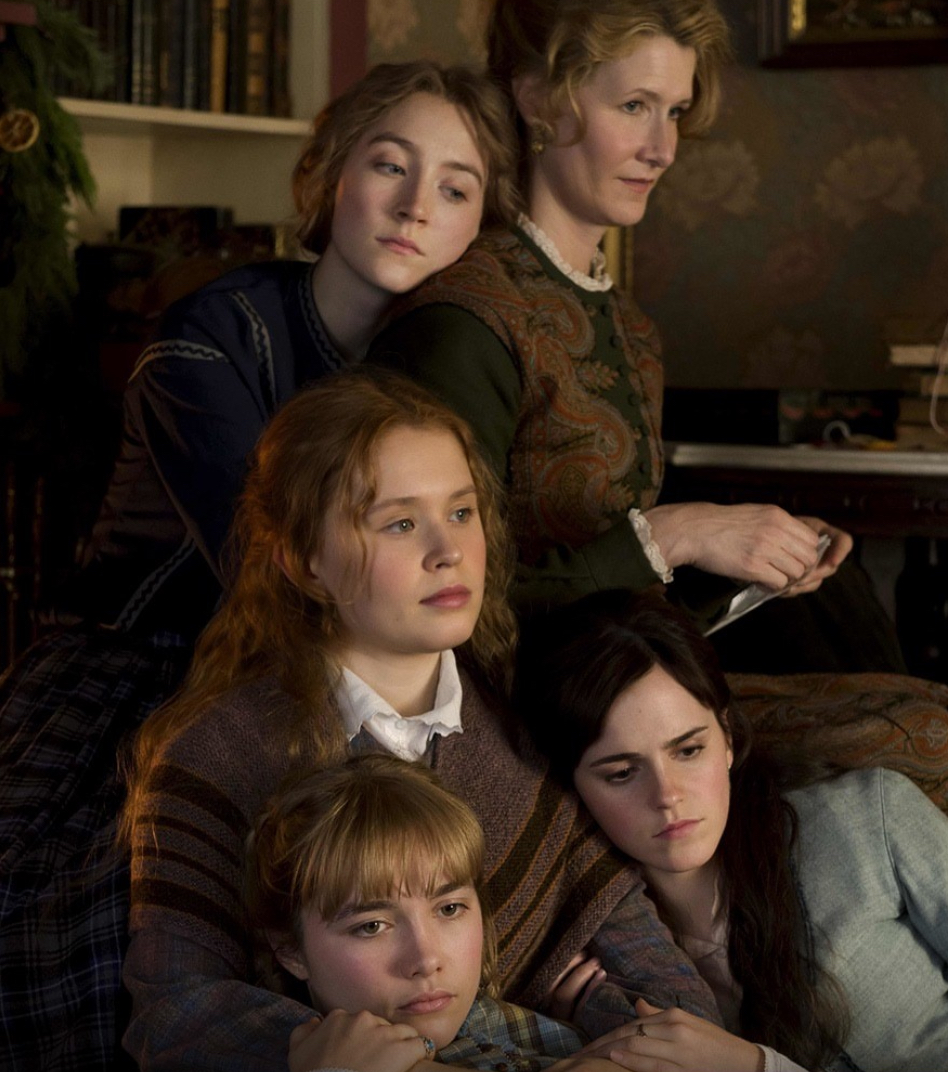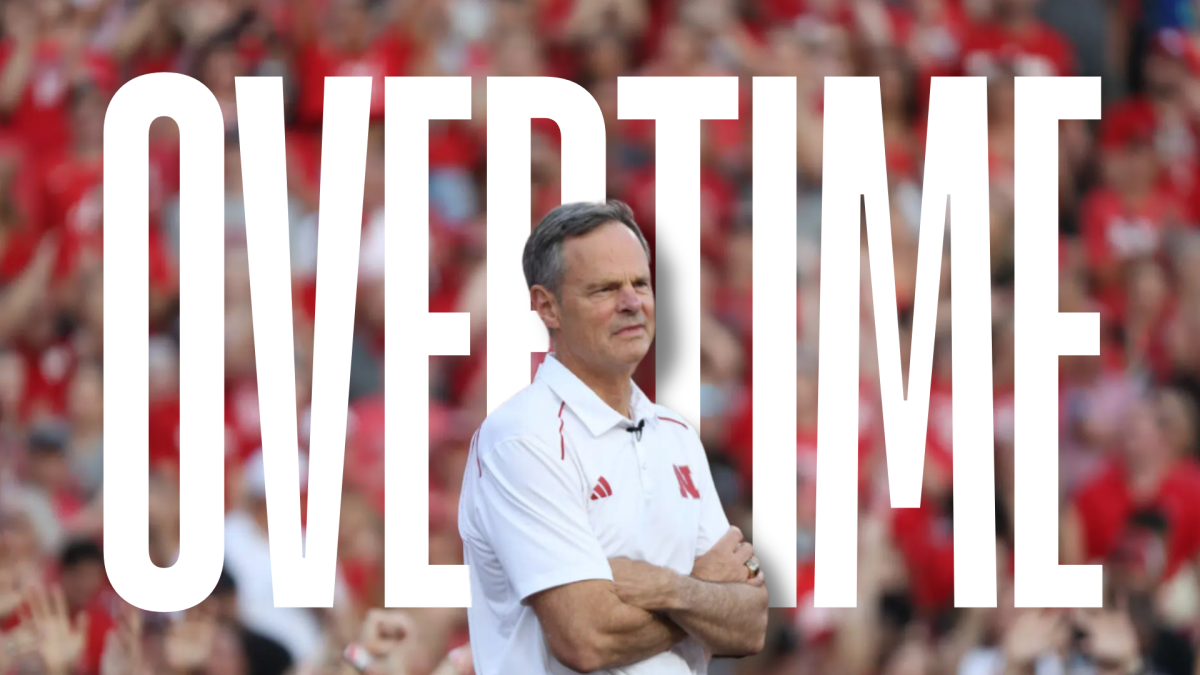
By David Birkdale
At Pope John Paul II’s funeral on April 8, 2005, crowds of people gathered to pay their respects, spontaneously chanted “Santo subito!” or “Sainthood now,” a testimony to the great love the late pontiff inspired in countless people.
Just over nine years after the crowd’s appeal, its wish was granted when the Church will officially declare John Paul II, the third-longest reigning pope in history, a saint on April 27.
Fittingly, the official ceremony will occur on Divine Mercy Sunday, a feast day originally declared by Pope John Paul himself. He was known by many as the “Pope of Divine Mercy” for his promotion of Catholic devotion, now dear to many of the faithful throughout the world.
But, there is a greater significance to this title. It speaks to the pope’s constant preaching on the love and mercy of God during a time when the rest of the world became polarized and cowered at the threat of nuclear war. In a world worrying about Armageddon, this Polish pope preached mercy and hope.
This great pastor was certainly warm-hearted, but just as certainly not faint-hearted. John Paul was a young man when Nazi Germany took over his homeland.
A few years later, Poland was reconquered by the Soviet Union (USSR) at the tail end of World War II, which imposed sharp restrictions on the Catholic Church there. The socialist government that followed, which was closely allied with the USSR, proved incredibly inhospitable to the Church and feared its influence among the Polish people.
The future pope — then known as Karol Wojtyla — bravely studied for the priesthood in secret, despite Soviet suppression and threats. Wojtyla knew first-hand what totalitarian ideologies could do with power. Once pope, he gave support to the Solidarity movement in Soviet-controlled Poland, encouraging workers to unite for social justice. He also spoke out against another sort of tyranny — that of a market run amok — in advocating respect of the dignity of workers.
John Paul II had plenty of reason to give up hope, both in his youth and during his difficult papacy. But, even through being shot and battling with Parkinson’s disease, he remained a model of resilience.
He used to say that a saint both disconcerts and comforts us —the former, by showing us how far we have to go in attaining holiness, and the latter by showing us that holiness is possible. John Paul II, in his courageous hope, surely lives up to that description of sanctity as prescribed by the Church.
This month, the Church will confirm what many have already believed in canonizing one of the great heroes of this last turbulent century.



































































































































































































